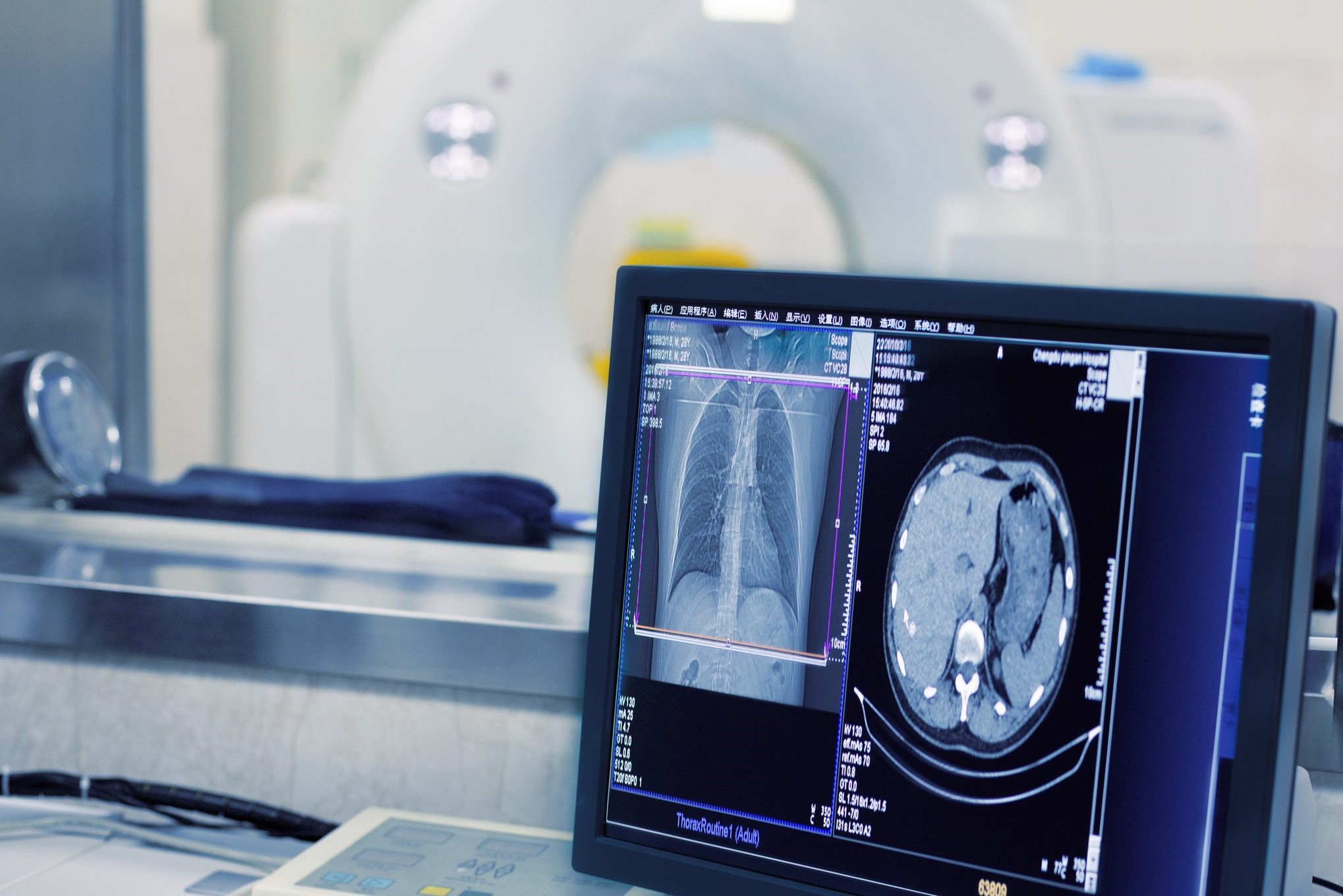
How does nuclear medicine work?
What is nuclear medicine, how does it work, what are its fields of application and what risks does it carry?
Nuclear medicine is a branch of medicine that uses substances, known as radiopharmaceuticals, consisting of a pharmacologically active part and a radioactive part
The pharmacologically active part has the property of localising itself in certain structures and organs, which we can see thanks to the radioactive component.
In most cases, the drug is administered by intravenous injection: the substance is distributed throughout the body and by means of special machines we can see where this takes place, thanks to the radiation that enables us to localise the drugs.
An example of this is bone scintigraphy: a substance is injected where there is increased remodelling of the bone, where dead bone is eliminated and replaced with new bone; this happens very often in the presence of tumour diseases.
The more localised the substance, the more radiation is emitted.
Thanks to the machines, we can observe a higher concentration of radiation in a given area and thus understand the distribution of the drug and thus the location of the disease.
Nuclear medicine, not only oncology
Nuclear medicine is mainly used in oncology, but not only in oncology.
Depending on the drug used, we can see different things: one example is the amount of blood that reaches the heart in patients with ischemic disease; there are radiopharmaceuticals that are localised according to the flow in the coronary arteries and this allows us to see whether there are areas of the heart that are less well supplied with blood, for example when under stress.
Another example is related to certain neurological diseases: certain radiopharmaceuticals are able to localise the presence of amyloid deposits and thus help us to assess patients who may have Alzheimer’s-type dementia.
What are the risks? Does one become temporarily radioactive?
It depends on the type of radionuclide, i.e. what the radioactive drug is made of.
There are some radionuclides that are more dangerous and need to be treated with greater caution, and others that deplete the amount of radioactivity very quickly.
In modern diagnostics, almost all the radiopharmaceuticals used have a very short half-life – i.e. duration of radiation -.
Precautions therefore vary according to the drug used, but in most examinations these are very simple.
Read Also:
Bronchoscopy: Ambu Set New Standards For Single-Use Endoscope
First Time Ever: Successful Operation With A Single-Use Endoscope On Immunodepressed Child
Diagnosis And Treatment: What Is Ecoendoscopy?


